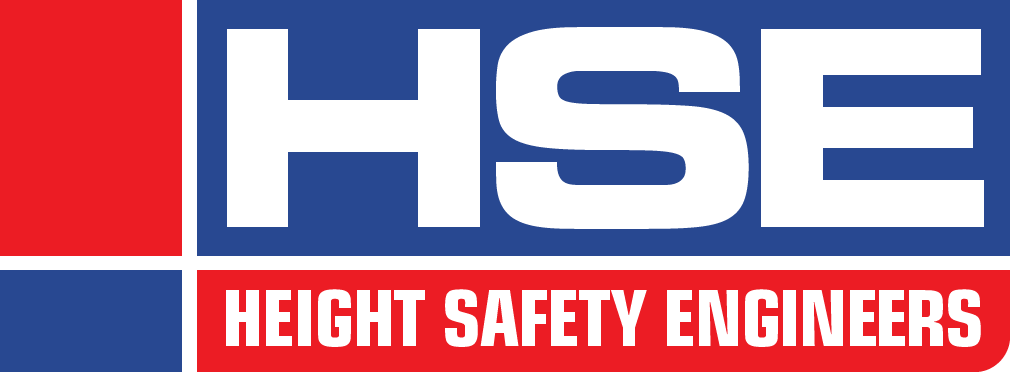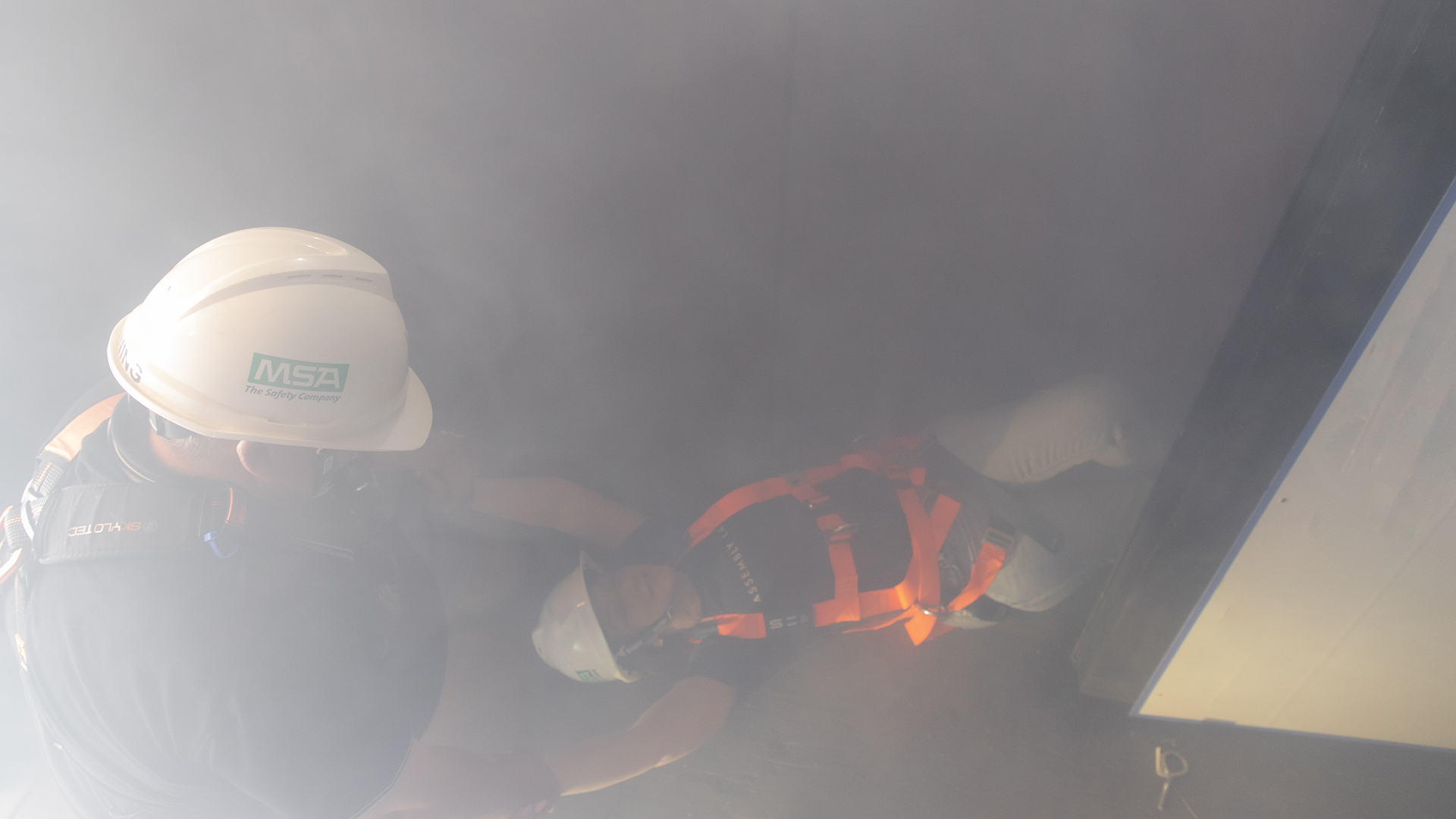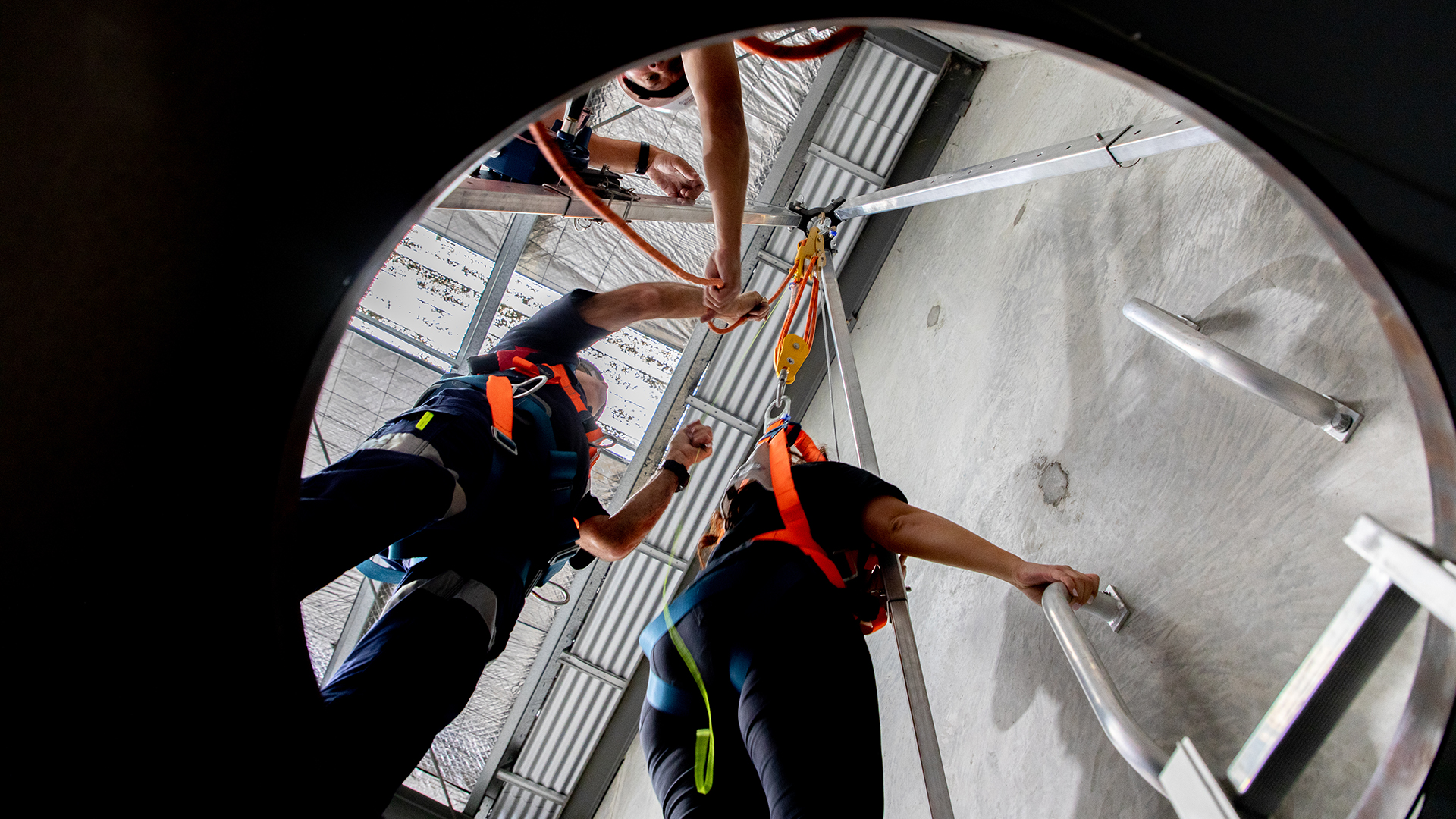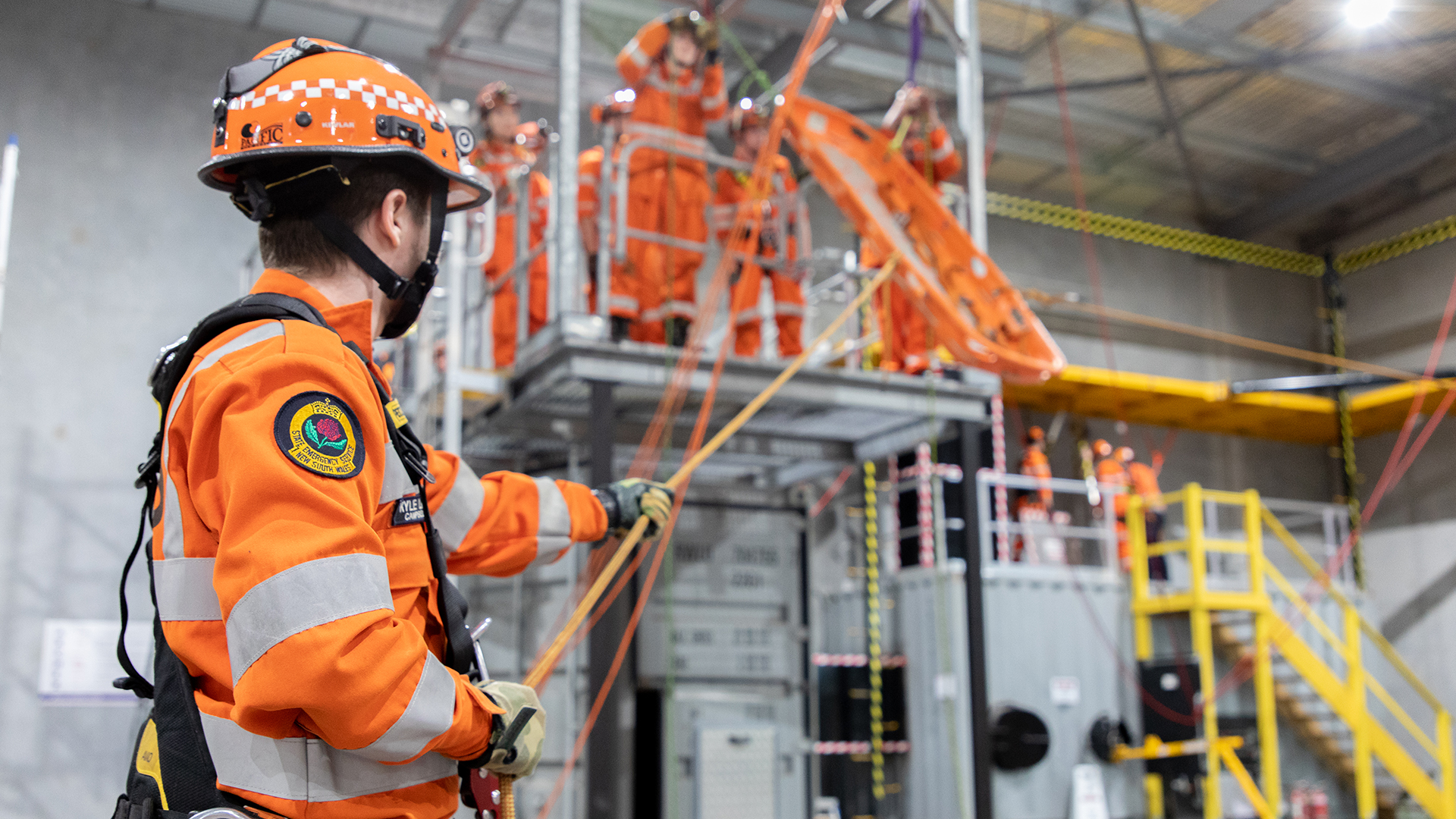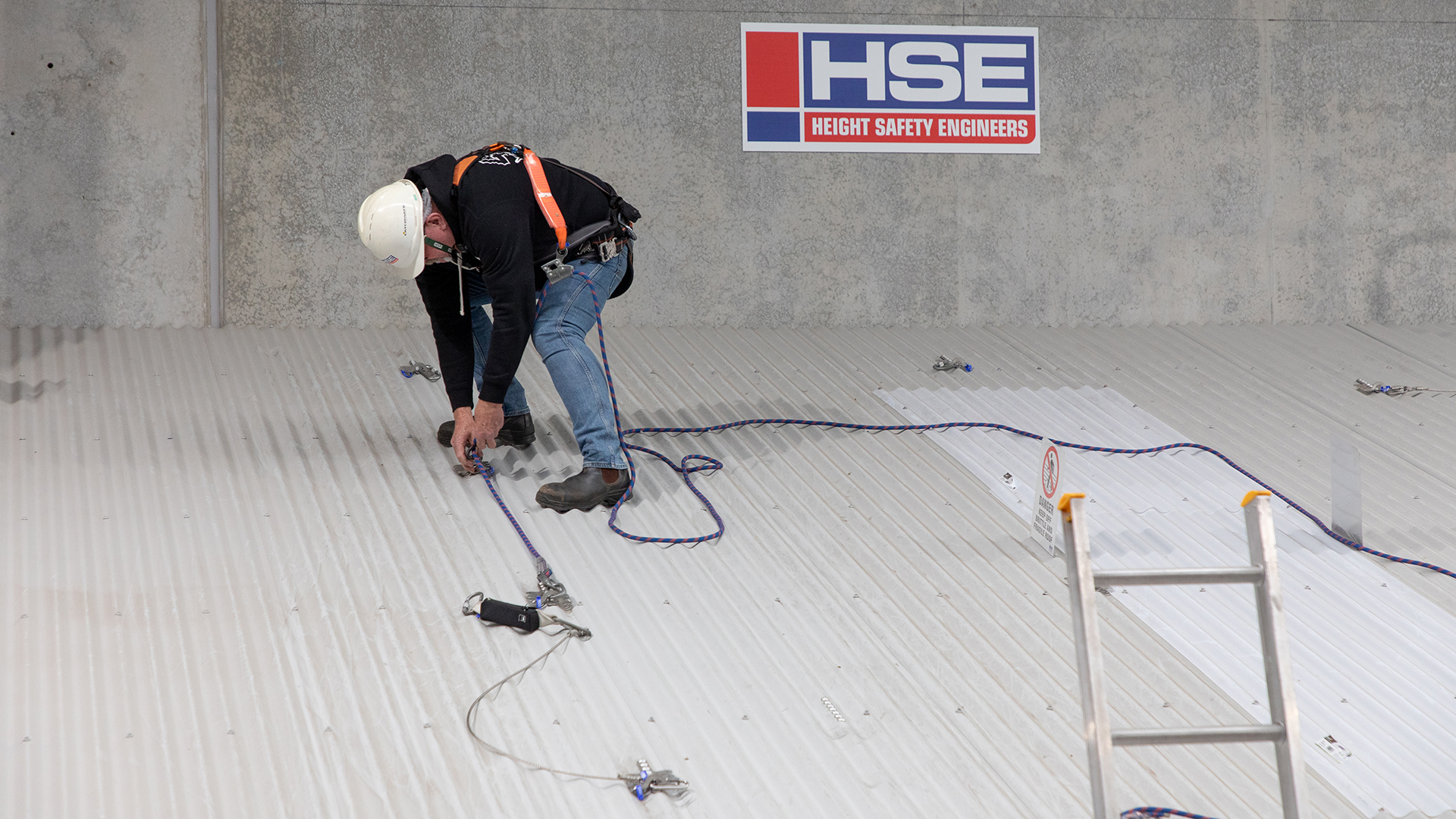MSMWHS216 Operate breathing apparatus
MSMWHS216 teaches the correct and effective use of self-contained breathing apparatus for situations where a breathable atmosphere may not be present.

Breathing apparatus may be required when working in areas where the atmosphere is hazardous to breathe. Common scenarios when breathing apparatus include firefighting, emergency response, working in certain confined spaces and other hazardous environments.
This course covers all aspects of the correct use of breathing apparatus. It includes skills and knowledge regarding hazard assessments and the dangers of different types of atmospheres. The course also teaches participants how to correctly inspect and test breathing apparatus equipment, and its use when working in dangerous environments with an irrespirable atmosphere.
Please note participants in this course must be clean shaven in order to complete the practical component of the training. Not being clean shaven may result in a participant being unable to adequately complete the training course.
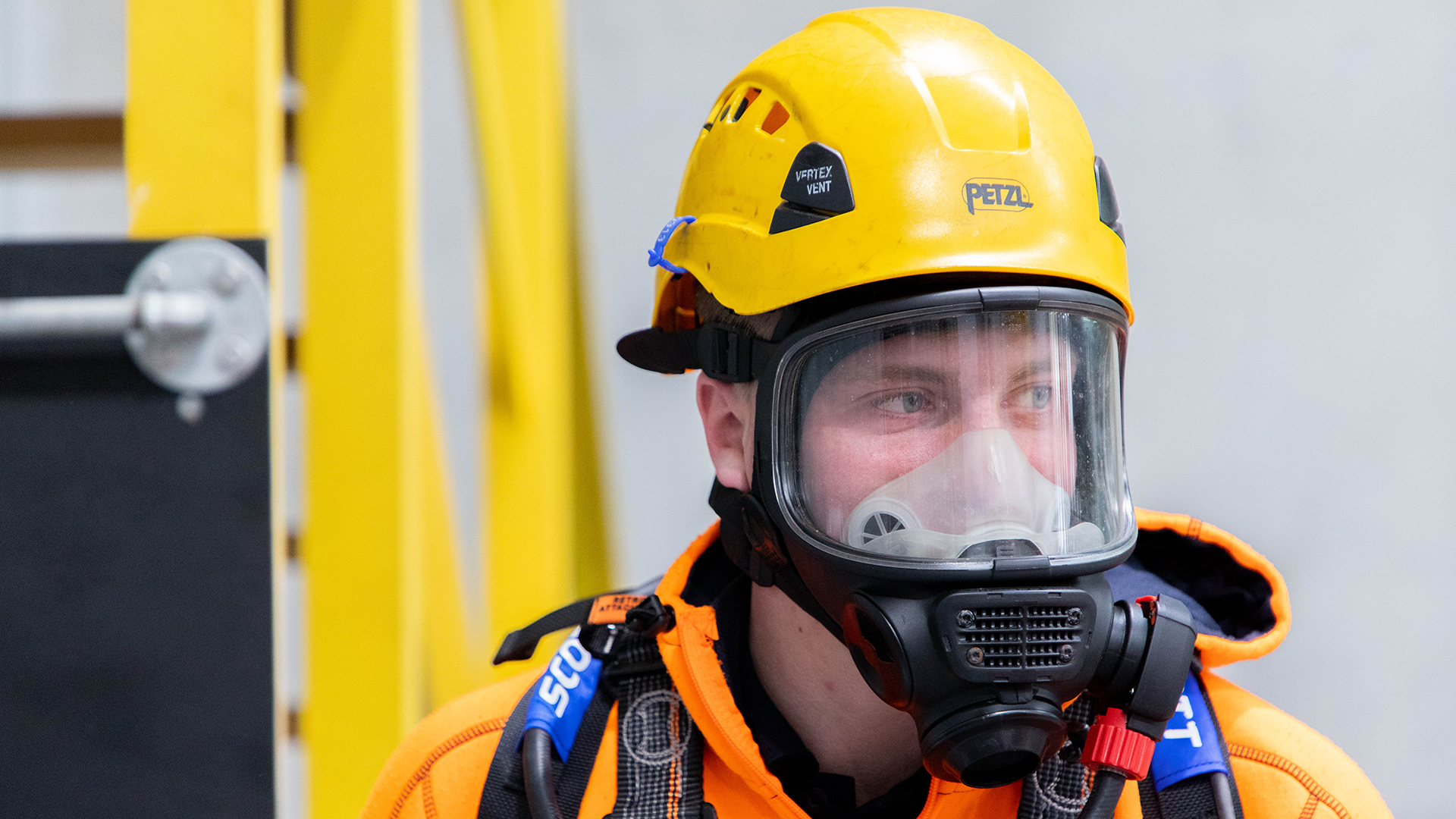
About this course
This course covers the skills and knowledge required to operate and maintain breathing apparatus and equipment in an irrespirable atmosphere, as defined by the Australian Standard AS/NZS 1715:2009 Selection, use and maintenance of respiratory protective equipment.
Duration: 1 day (8 hours)
Student/trainer ratio: 10:1
Course objectives and content
- Legislative requirements.
- Hazards.
- Communication.
- Work instructions and safe operating procedures (SOPs).
- Determine available working time in breathing apparatus.
- Conduct pre-donning checks and tests on breathing apparatus.
- Operate breathing apparatus.
- Conclude operations in accordance with procedures, including cleaning and make-ready for operation use.
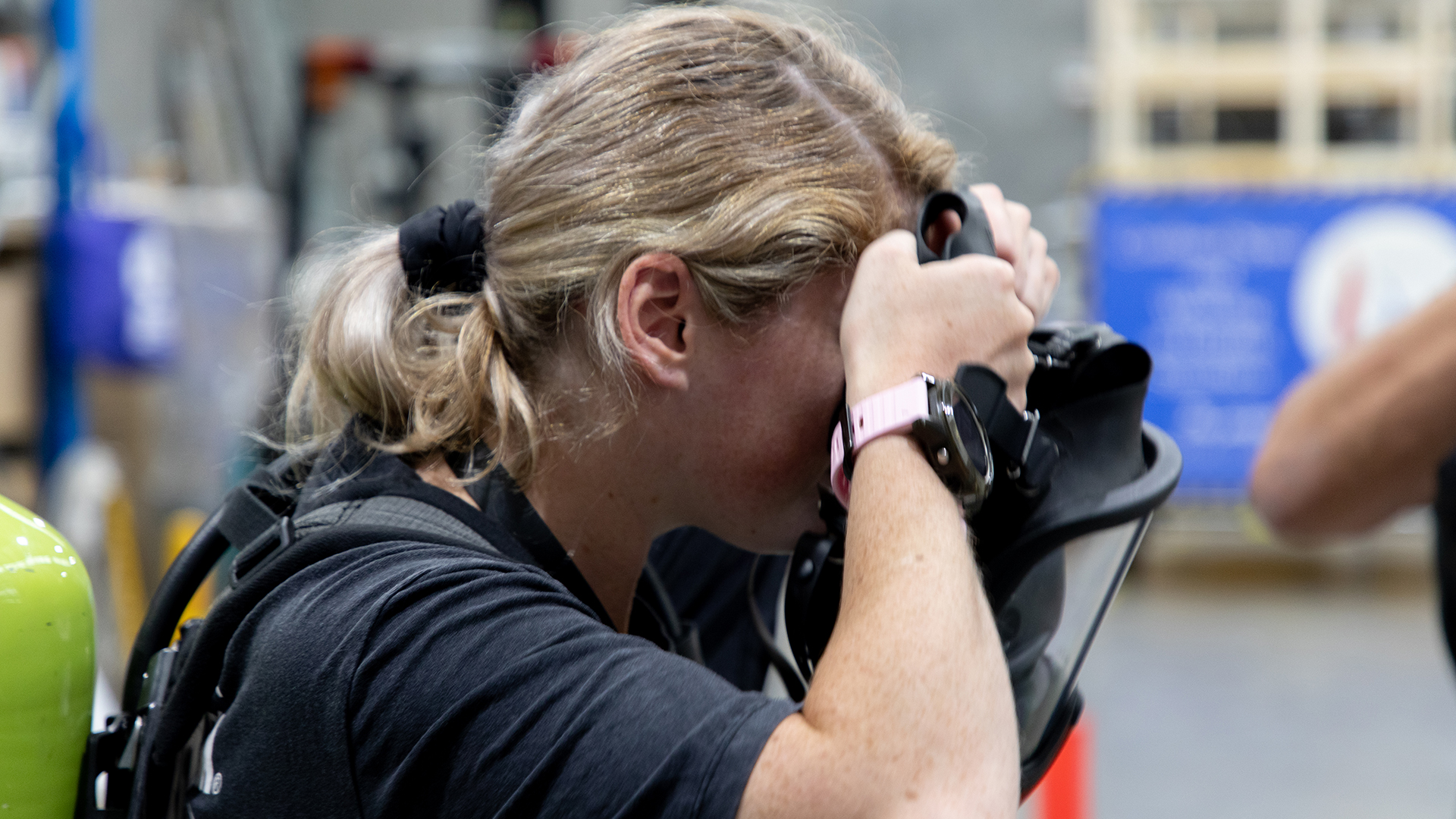
Qualifications for successful participants
Statement of attainments in:
MSMWHS216 Operate breathing apparatus
MSMWHS216 Operate breathing apparatus FAQs
Correctly using the breathing apparatus requires creating a seal around the facemask component to avoid leakage of the hazardous environment outside into the respiratory system.
It is also a requirement in the standard that breathing apparatus be used in accordance with the manufacturer’s instructions. Those instructions typically require the operator ensure a clean seal, free from obstruction or foreign objects, in order to prevent leakage. Facial hair does not allow for the creation of a clean seal.
This course is aimed that those who may be required to work in areas where the atmosphere is irrespirable, and the use of breathing apparatus will be needed. This can include people working in:
- Confined spaces
- Areas with hazardous gases and vapours
- Oxygen deficient atmospheres
- Other situations, such as firefighting and other emergency response, where the use of breathing apparatus is required.
